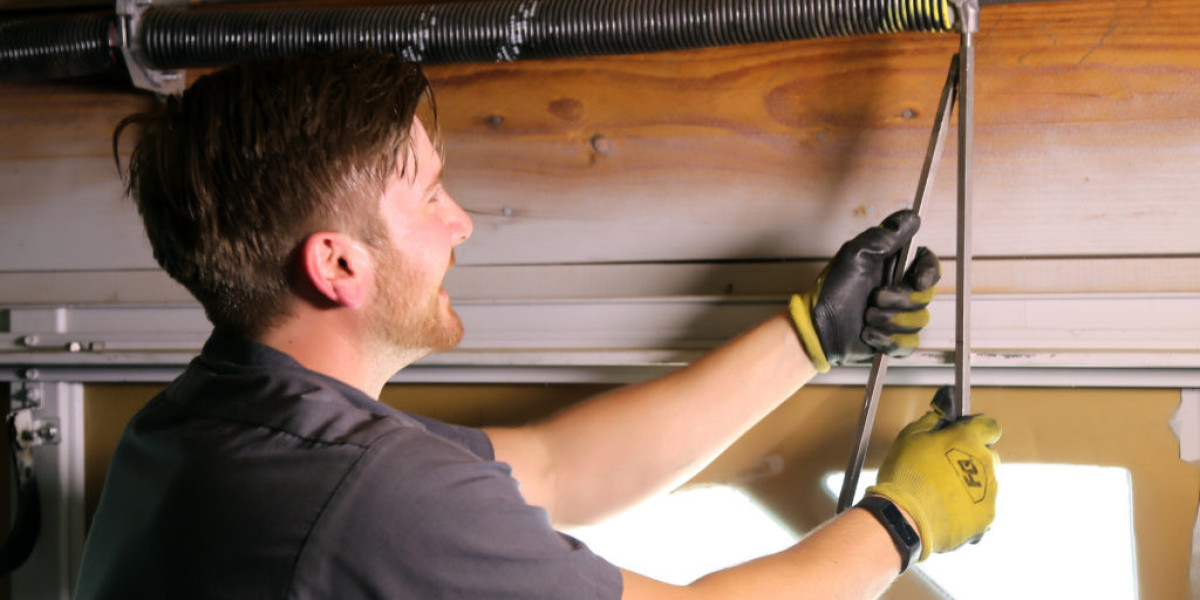A faulty garage door spring can significantly disrupt the functionality of your garage door, posing safety risks and causing inconvenience. Recognizing the signs of a faulty garage door spring early can help you address the issue before it leads to more severe problems. Here are some key indicators that your garage door spring may be faulty:
Common Symptoms
Identifying the symptoms of a faulty garage door spring can help you take prompt action. Look out for the following signs:
- Difficulty in Operation: If your garage door struggles to open or close smoothly, the spring may be losing its tension.
- Unusual Noises: Listen for loud noises like banging, squeaking, or grinding, which can indicate that the spring is under stress or about to fail.
- Visible Damage: Inspect the springs for any visible signs of wear, such as rust, gaps, or breaks. These are clear indicators that the spring is compromised.
Potential Causes
Understanding the causes of a faulty garage door spring can help you prevent future issues. Here are some common reasons why springs fail:
- Wear and Tear: Over time, the constant tension and use can wear out the springs. Most springs are designed to last for a specific number of cycles, and once they surpass that, they are more likely to break.
- Rust and Corrosion: Rust can weaken the springs, making them more susceptible to breaking. Regular maintenance, including lubrication, can help prevent rust buildup.
- Lack of Maintenance: Neglecting regular maintenance can lead to premature failure of the springs. Regular inspections and upkeep are essential to prolong the life of your garage door springs.
Addressing a Faulty Garage Door Spring
When dealing with a faulty garage door spring, it's crucial to address the issue promptly to avoid further damage and ensure safety. Here are some steps you can take:
DIY vs. Professional Repair
Deciding whether to handle repairs yourself or hire a professional depends on the severity of the issue and your comfort level with DIY tasks:
- DIY Repair: Simple maintenance tasks like lubrication and visual inspections can be done by homeowners. However, replacing springs requires specialized tools and expertise.
- Professional Repair: For most faulty garage door spring repairs, hiring a professional is the safest option. Technicians have the knowledge and equipment to handle high-tension springs safely.
Temporary Solutions
If you need a temporary fix while waiting for professional repair, consider these options:
- Manual Operation: Use the manual release to operate the garage door manually. This is a temporary solution and should be done with caution.
- Securing the Door: If the door is stuck open, use clamps or locks to secure it and prevent it from falling.
Preventive Maintenance Tips
Regular maintenance can extend the life of your garage door springs and reduce the need for frequent repairs:
- Lubrication: Apply a silicone-based lubricant to the springs and other moving parts every few months to reduce friction and prevent rust.
- Balance Testing: Test the balance of your garage door by disconnecting the opener and manually lifting the door halfway. If it stays in place, the springs are in good condition. If it falls, they may need adjustment or replacement.
- Professional Inspections: Schedule annual inspections with a professional technician to identify and address potential issues before they become serious problems.
Types of Garage Door Springs
There are two main types of garage door springs: torsion springs and extension springs. Each type has its own repair and maintenance requirements:
- Torsion Springs: Located above the garage door, torsion springs use torque to lift the door. They are more durable but require professional expertise for replacement.
- Extension Springs: Found on either side of the door, extension springs stretch and contract to operate the door. They are typically easier to replace but may require more frequent maintenance.
Importance of Timely Repairs
Timely repairs are crucial for ensuring the safety and functionality of your garage door. Delaying repairs can lead to more significant problems and pose safety risks:
- Safety Hazards: A faulty garage door spring can cause the garage door to fall unexpectedly, posing a risk to people and property.
- Increased Costs: Ignoring spring issues can lead to more extensive damage, resulting in higher repair costs.
- Operational Efficiency: Ensuring that your garage door springs are in good condition helps maintain the overall efficiency and longevity of your garage door system.
Conclusion
Maintaining your garage door springs is essential for the smooth and safe operation of your garage door. By recognizing the signs of a faulty garage door spring, opting for professional repairs when necessary, and performing regular maintenance, you can prolong the life of your springs and avoid costly repairs. Understanding the basics of Faulty garage door spring helps homeowners take proactive steps in addressing issues related to a faulty garage door spring and maintaining their garage door








